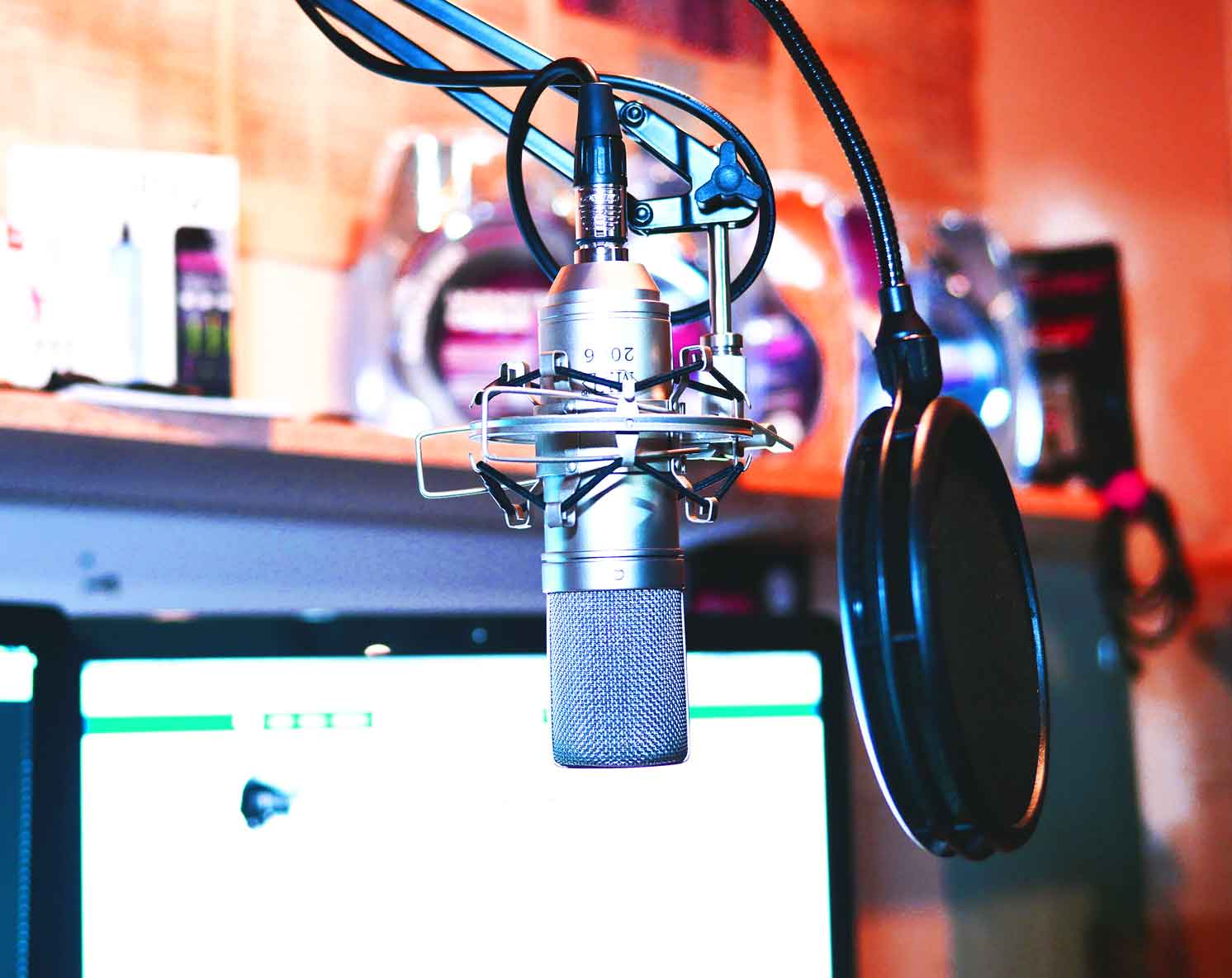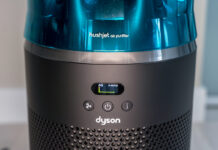 Part of the fun with doing these plugin blog entries for Best Buy is not always knowing what you are going to receive or how good (or potentially poor) of a product it may be. That was my experience with the MXL 2006 large condenser microphone. While I was familiar with the MXL brand, this particular model was not one I had come across or used before. When the package arrived I set up my camera (D’oh! that just reminded me that I forgot to include the unboxing in the accompanying and already uploaded product video—again) and opened it up. Sliding the MXL 2006 out of its box the first thing that you see is that the mic comes in a hard plastic carrying case that is very sturdy and would more than serve its protective purpose if you had to transport the microphone. Popping up the clip and opening the case, the microphone sits coddled securely in foam and resting beside a pleasant surprise, a shockmount (with extra elastic). Getting options like these at this price point is always a bonus, as long as it isn’t at the expense of the quality of the product, and it certainly isn’t in this case.
Part of the fun with doing these plugin blog entries for Best Buy is not always knowing what you are going to receive or how good (or potentially poor) of a product it may be. That was my experience with the MXL 2006 large condenser microphone. While I was familiar with the MXL brand, this particular model was not one I had come across or used before. When the package arrived I set up my camera (D’oh! that just reminded me that I forgot to include the unboxing in the accompanying and already uploaded product video—again) and opened it up. Sliding the MXL 2006 out of its box the first thing that you see is that the mic comes in a hard plastic carrying case that is very sturdy and would more than serve its protective purpose if you had to transport the microphone. Popping up the clip and opening the case, the microphone sits coddled securely in foam and resting beside a pleasant surprise, a shockmount (with extra elastic). Getting options like these at this price point is always a bonus, as long as it isn’t at the expense of the quality of the product, and it certainly isn’t in this case.
 The MXL 2006 has a large 32mm capsule which ensure top quality sound recordings. The microphone covers a large frequency spectrum from 30 Hz to 20 kHz and is a cardioid pattern which means that it is set to record sensitively from the front of the microphone and the sides less so while the back of the mic should essentially record nothing. If you were to speak directly into the back of the mic, for example, you would be able to hear yourself but that would be from the sound that was recorded from the sides and the quality would be weak. The MXL 2006 is tough and can also take some significant volume as it is rated at 130db meaning it can easily record drums or guitar amplifiers unlike other condenser mics in its grouping which seemingly only work decently with acoustic guitar recording. As a condenser microphone, the MXL 2006 also requires “phantom power” which essentially means that an extra 48V is sent to the mic to charge a plate that the diaphragm is suspended in front of. If your audio interface or mixer has phantom power capability, and it should, simply turn it on and you are good to go.
The MXL 2006 has a large 32mm capsule which ensure top quality sound recordings. The microphone covers a large frequency spectrum from 30 Hz to 20 kHz and is a cardioid pattern which means that it is set to record sensitively from the front of the microphone and the sides less so while the back of the mic should essentially record nothing. If you were to speak directly into the back of the mic, for example, you would be able to hear yourself but that would be from the sound that was recorded from the sides and the quality would be weak. The MXL 2006 is tough and can also take some significant volume as it is rated at 130db meaning it can easily record drums or guitar amplifiers unlike other condenser mics in its grouping which seemingly only work decently with acoustic guitar recording. As a condenser microphone, the MXL 2006 also requires “phantom power” which essentially means that an extra 48V is sent to the mic to charge a plate that the diaphragm is suspended in front of. If your audio interface or mixer has phantom power capability, and it should, simply turn it on and you are good to go.
 The MXL 2006 certainly feels well-constructed and solidly made with its metal casing and robust yet light body. The shockmount is a nice extra feature that securely holds the microphone in place allowing you to mount it standing up or hanging without fear that it will come out. The shockmount will also absorb any movement allowing you to adjust the boom or mic stand while using and insulting the mic so as not to create any noise. While there is no pop filter or windscreen included, these are certainly extras I would suggest as condenser mics do not like moisture and both of these can help to protect against that.
The MXL 2006 certainly feels well-constructed and solidly made with its metal casing and robust yet light body. The shockmount is a nice extra feature that securely holds the microphone in place allowing you to mount it standing up or hanging without fear that it will come out. The shockmount will also absorb any movement allowing you to adjust the boom or mic stand while using and insulting the mic so as not to create any noise. While there is no pop filter or windscreen included, these are certainly extras I would suggest as condenser mics do not like moisture and both of these can help to protect against that.
When it comes to how the MXL 2006 sounded in action, to say that I was overwhelmed would be an understatement. Attractive pricing aside, this is a very good microphone in a large number of different use scenarios. When used with voice, it is incredibly crisp and clear with a nice resonant low end that I found both subtle and natural. Podcasters can absolutely not go wrong investing the little amount required to purchase as this microphone is as good as or better than ones I have used at significantly higher price points.
If I had one “caution” it would be that this microphone is so sensitive that it does need to be used in a fairly controlled environment as I found it picking up noises from elsewhere in my home when I wasn’t taking appropriate precautions. For recording acoustic guitar, I simply set it up a foot or so in front of the guitar, played, and recorded. It sounded fantastic and I know that with some more trial and error to find the “sweet spot”, it would only be more incredible sounding. Same applies to recording the amplified guitar. I did record twice as I found that the first recording saw the mic too close to the speaker and I wasn’t happy with the recording as it was a bit dry and raw sounding. I pulled the mic back about 6 inches, tried again and was happy, knowing that more fine tuning of distance and angle would only serve to make the sound even stronger. Simply take your time to setup and test placement/levels and this microphone will most certainly reward you.
This is beyond a deal for a mic of this quality and I encourage you to get in to your local Best Buy and check it out, you will be happy that you did.



